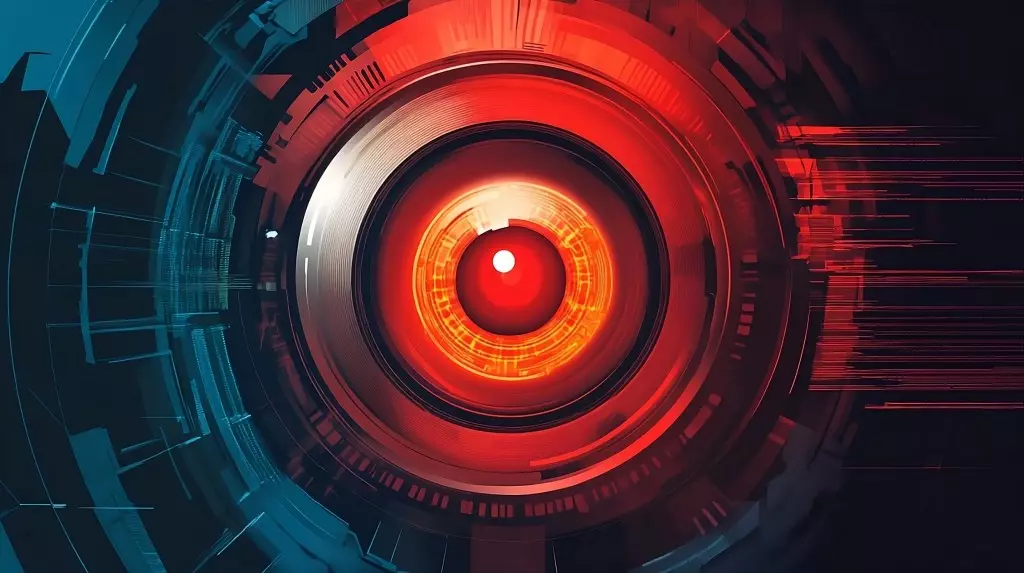In August 2022, the National Institute of Standards and Technology (NIST) unveiled its first set of post-quantum encryption standards. This represents a pivotal moment in the ongoing battle between cryptography and its adversaries. Given that quantum computing is no longer a mere concept relegated to the realms of science fiction, these new standards symbolize a proactive approach to shield sensitive data from potential quantum threats. However, while excitement and apprehension reverberate through cybersecurity communities, the fundamental question remains: Is quantum computing, with all its promise and peril, truly a catastrophic threat to traditional encryption methods?
For years, experts have warned that the supercharged computational power of quantum machines could dismantle long-standing encryption protocols. While there is valid concern about this technological evolution, the narrative often exaggerates the immediacy and magnitude of this threat. We may not be facing the imminent scenario posed by films like “Sneakers,” where a nefarious decryption box could easily crack the vault of secrets. Despite the impending capabilities of quantum computing, critical hurdles in energy consumption and processing efficiency mean we are not on the brink of a cryptographic apocalypse just yet.
The Illusion of Instantaneous Decryption
Understanding quantum computing is crucial to demystifying its impact on cryptography. The fervent hyperbole that surrounds hackers equipped with quantum devices is misleading. Far from being a proverbial magic wand, quantum computers require meticulous handling and targeted operations. A quantum computer doesn’t automatically yield every secret; it still necessitates a diligent effort to analyze vast streams of data for valuable information. With billions of emails circulating daily, pinpointing important messages is anything but straightforward.
Moreover, the narrative often overlooks an essential point: the computational power to effectively exploit quantum advantages will be initially scarce. Beyond the realm of research and academia, the entities capable of wielding quantum technology will predominantly be nation-states and substantial corporate players such as Google or Microsoft. This clear bottleneck renders it improbable for your average hacker to wield quantum resources to wreak havoc upon encryption systems; at least not in the near term.
A New Era of Focused Resource Allocation
As researchers and industrial players wrestle with the implications of quantum advancements, it seems more logical that their efforts will be concentrated on high-impact projects rather than futile attempts to tear down encryption. When faced with such groundbreaking computational prowess, nations and corporations will inevitably prioritize endeavors that offer significant returns on investment—both scientifically and economically.
Consider the implications for industries from pharmaceuticals to space exploration. Quantum computing holds the potential to streamline drug discovery processes, revolutionize material science, and refine navigation technologies. Given the stakes involved, it would be a strategic misstep for major players to squander time and resources decrypting seemingly impenetrable algorithms when they could be working toward curing diseases or enhancing manufacturing processes.
Reflections from Digital Forensics
Drawing from my background in digital forensics, I recognize parallels between historical cybersecurity fears and contemporary anxieties surrounding quantum computing. For instance, in the mid-1990s, Peter Gutman’s influential paper on data deletion sparked widespread concern over the recoverability of erased data through advanced techniques, like electron microscopy. While this stirred intense reactions and instituted rigorous protocols like the Department of Defense’s “7-pass wipe,” the practicability of these methods was overestimated. Ultimately, the advancements in hard drive technology rendered such data recovery methods far less feasible.
A similar trend could emerge in the public discourse surrounding quantum computing. It’s essential to acknowledge the significant risks while maintaining a critical perspective on practicality. The fears often overshadow the actual trajectory and potential of quantum technologies. Instead of seeing them as just a threat to encryption, we need to engage with the larger picture—how these innovations may transform fields such as medicine or telecommunications.
Cost-Benefit Dynamics in Quantum Utilization
Examining the motivations behind quantum computing applications is a vital consideration. Yes, breaking encryption has its place in the toolboxes of possible quantum applications, but it is unlikely to be a primary focus for most entities wielding such power. The economic implications of quantum computing’s advantages far outweigh the potentially lesser gains of exploiting weaknesses in encryption. The harsh reality is that access to these transformative technologies will be limited—and users will have to evaluate how best to leverage their limited computational resources.
The looming narrative of a “quantum apocalypse” provides a framework of fear, but a critical reassessment offers a more nuanced conclusion. While encryption will indeed face unprecedented challenges—some of which may necessitate preparedness and adaptation—spending vast resources on decrypting long-held secrets isn’t as attractive or viable as redirecting investment into innovation and development for broader societal gains. In navigating the quantum future, a measured approach that balances fear with optimism might lead to even more exceptional advancements on the horizon.

